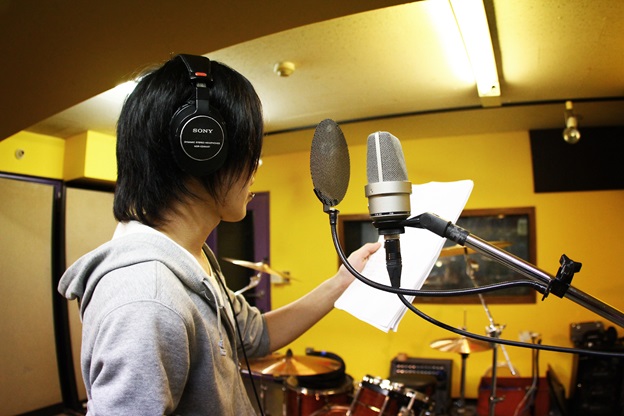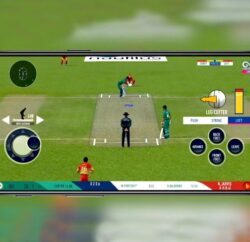Everything about a traveler’s lifestyle is light and easy (except for mastering the art, of course). While each city, province, and district I’ve visited has its own unique rhythm, I always bring my own, sometimes literally. One of the best ways to get a sense of a place is to join in on its beat. That’s why I love drums, and electronic drums are much easier to transport. That’s to challenge you to try it.
While a portable set from Alesis, for example, is not much larger than a standard laptop, there is one issue to be aware of when it comes to electronic drums: the headphones. Only with good drumming headphones will you experience the immersion that compels you to choose your rhythms while watching the sunset on a beach or meditating at the foot of a mountain. In any case, if you enjoy music and drumming, it’s a good investment. So, let’s get started.
Wireless or Wired?
You could be a traveling celebrity and a cord cutter. You may have already experienced the comfort of your AirPods Max and wished they had the bass of the Sony WH-1000XM5. However, as great as they are for listening to music or having conversations, forget about using wireless headphones to play the drums.
The cause is latency. When playing acoustic drums, you hear the sounds you make immediately, with no delay (or rather with milliseconds that can be dismissed). The delay with Bluetooth headsets is significantly longer: up to 100-300 milliseconds, which is simply unacceptable when listening to music. As a result, they are also unsuitable for deejaying. Some premium Bluetooth models, however, have a wired mode; the sound may not be stellar, but it is adequate. They are suitable for playing the drums when wired.
Frequency
Though digital music instruments are always a compromise, today’s electronic drums cover a broad range of sounds, from the lowest bass to the highest treble that the human ear can perceive. To enjoy all of these highs and lows, you’ll need headphones that can reproduce them all.
Most modern headphones have a nominal frequency range of 20-20,000 Hz. However, you have the option of going lower in terms of bass or higher in terms of treble. Such investment makes sense only if you are physically capable of hearing beyond the normal range. So, before you spend money on high-end headphones, you should put them to the test.
Construction: Open or Closed?
While finding good wired headphones with a good range is not difficult, the question becomes more serious when deciding between open-back and closed construction. Both types have advantages and disadvantages, and both have supporters. As a traveler, I prefer closed-back ones for the following reasons:
- Closed-back headphones do not allow sound to enter or exit. This is important if you don’t want anyone to hear what you’re listening to… or what you’re playing. Even with electronic drums, it’s difficult to hide the sounds, but if you’re trying to match the beat, you’d want to keep your failures to yourself;
- Closed-back headphones last longer. While open-back construction allows moisture to enter, which is fine in a studio or at home, it becomes a problem when changing environments frequently; closed-back headphones have more applications.
You can listen to music or talk to them without anyone hearing what you’re saying. I have several pairs at home, but when traveling, you should choose the most versatile pair.
If you enjoy playing electronic drums at home, you can disregard these concerns. Use your open-back pair simply because they sound better for the same price.
Extras
Other qualities that are important to me (and perhaps to you) are:
- As a traveler, I place a high value on portability because it allows me to avoid overweight luggage and makes packing easier. As a result, I would always prefer portable foldable models over studio giants that can do everything except fold;
- If you only have one pair, make sure it fits properly. Only one suggestion: try it on before buying.
- Place the bag in the kit. It is usually designed for this specific model to make carrying it easier.
- Cord coiled. It’s a fantastic solution that automatically adjusts the cable length;
- A 1/4″ adapter is used with a 1/8″ native connector. It’s now the standard for portable devices, while studios and high-end home equipment use a more professional 1/4″. Priorities are defined by my nomadic lifestyle;
Not too pricey. Who knows what will happen to your belongings!
Below the 20 Hz
Thank you for reading! I’d like to emphasize once more that my recommendations are biased, and I make no attempt to hide it. I’m not just going to tell you about my experience picking the best headphones (which, by the way, are also Sony, but a less expensive model than the aforementioned WH-1000XM5). I hope my experience will assist you in locating the best drum headphones for you.












